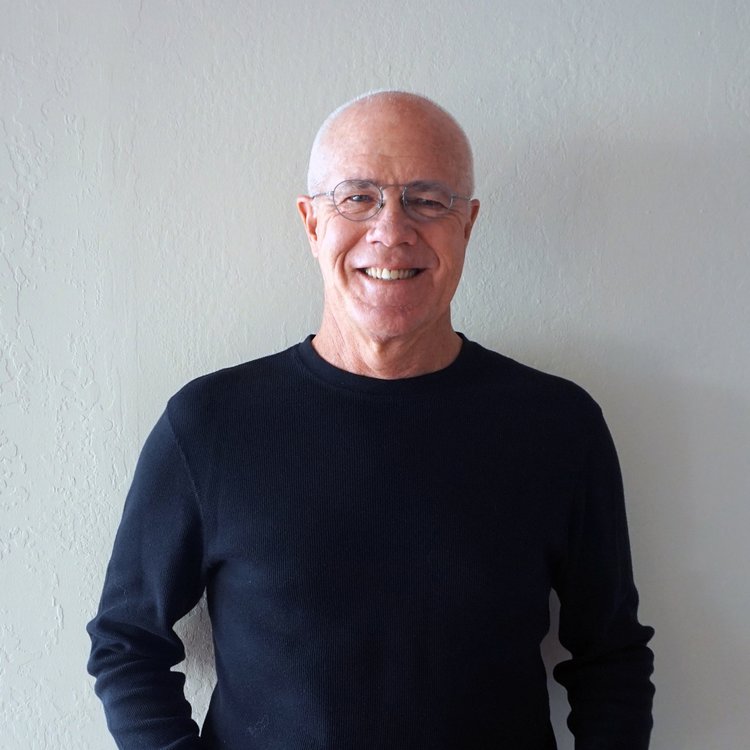First Hit: It doesn’t get loud, but for guitar players and fans of guitar players there is enough to be interesting.
This wasn’t a great film about rock guitarist, yet it was occasionally insightful, sometimes interesting, at times engaging, and in moments heartfelt.
Jack White (of The White Stripes and The Raconteurs), The Edge (David Howell Evans of U2), and Jimmy Page (The Yardbirds and Led Zeppelin) are the three guitarist featured in this 97 minute documentary.
The film attempts to bring these three together into a large warehouse, with guitars at close hand, hoping for a possible explosion of loud, amazing, and un-before heard of guitar music. What happens is some laid back conversation, each sharing a few of their famous licks, and a slightly interesting version of The Bands “The Weight” to end the film.
What makes sitting through the stuff in the warehouse is the archival footage and separate interviews with each of these guitarists. I’m sure that my age has something to do with it, but Jack White has a ways to go before he can be acknowledged in the same breath with The Edge let alone Page.
Page’s comfort with his legacy and the ease by which he moves through the film, his engagement with the others, and how he talks about his path through music made it obvious that he is a pretty centered guy these days. White still holds on to the belief that it all must be a struggle for it to be real (he says this multiple times in the interview).
Both Page and The Edge get that what is a struggle for one person is not a struggle for another, and one can only acknowledge what is real for them and they are fortunate enough to be able to express this truth through their gift of playing the guitar.
The Edge was clearly the eye opener for me. I felt his sincerity and gratefulness at being able to expand his understanding of the guitar and electronics (which he really incorporates) to share a voice, his internal voice to all of us. He works very hard at it.
Page on the other hand appeared to let it flow through him, as if he was simply the instrument of a larger calling. When Page plays in this film, I recalled seeing Led Zeppelin at The Fillmore West in SF and then, while the screen showed archival footage of these young lions of the rock scene, it reaffirmed that he was created to bring us these amazing songs and riffs which many of us will never forget.
A touchstone moment in the film was watching him doing air guitar of Link Wray’s “Rumble” because it was like watching everyman air guitar a Led Zeppelin lead guitar riff.
White also had his moments as well and his exploration into ways of making interesting sounds come from these six stringed instruments was revealing. His commitment to the instrument is obvious.
The title of this film comes from a moment when the filmmakers were in The Edge’s waterside studio, while flipping some of his many switches he says, “it might get loud”. I’m not sure what Director Davis Guggenheim had in mind when he came up with this idea to bring these guitarists together. Obviously he reached for three generations White 34, Evans 48, and Page 65 and looked for stylistic differences. Did he have any idea what would happen when he put them in one large room with all the equipment they would ever need to create fireworks, probably not. It reminded me of the numerous times of sitting down with other musicians and trying to find just one song we could all connect to so that we could begin to find a common language to begin exploration. This film was watching them begin a long slow attempt to find that common language.
Overall: If you are a guitar aficionado or like Zeppelin, U2, and/or The White Stripes, then you might enjoy watching this film. But what happens is that each of them shared a small part of their voice but little else happened.
